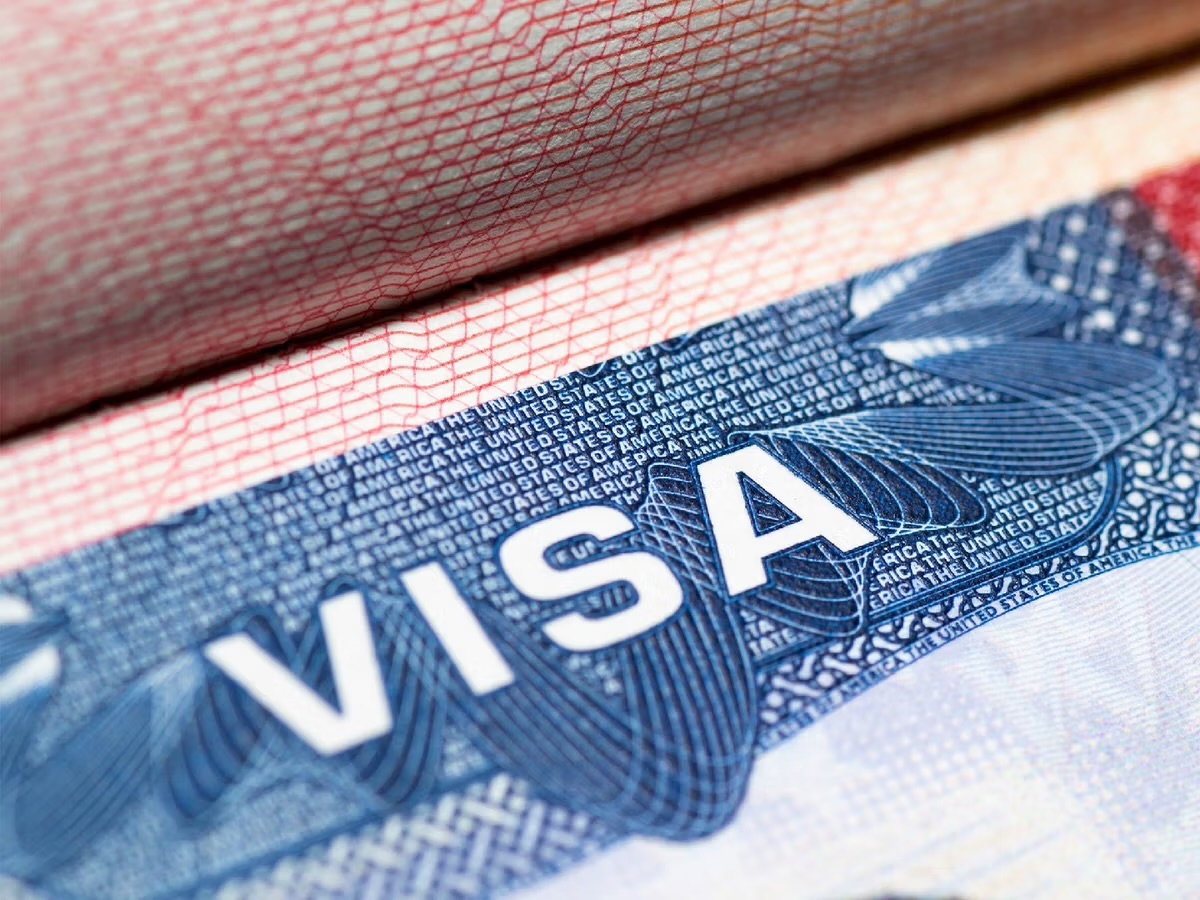By Meghna Anand, Year 10
The past few weeks, it has been near impossible to go a single day without hearing about “Trump’s Government Shutdown”. But what does the phrase “government shutdown” really mean? And what’s so special about this one?
A government shutdown occurs in the US when certain government offices no longer receive funding, usually due to a delay in the approval of the federal budget. In this case, the shutdown happened because Donald Trump has been asking Congress for $5.7 billion to fund his famous promised border wall but they refuse to deliver. Polling shows that 60% of Americans blame the president for the shutdown, and his disapproval rating has reached 57%, the highest it’s ever been. And it’s no mystery why the blame is falling on his shoulders, given he is quoted saying, “I am proud to shut down the government for border security” in a televised meeting with Senate minority leader Chuck Schumer and Speaker of the House Nancy Pelosi. The government was partially closed for 35 days, from December 22 2018 to January 25 2019, making this the longest government shutdown in US history.
And we may not have seen the last of it yet. On the 25th, Trump temporarily reopened the government, saying, “If we don’t get a fair deal from Congress, the government will either shut down on Feb. 15, or I will use the powers afforded to me under the laws and Constitution of the United States to address this emergency.” The emergency mentioned concerns border security. Another shutdown may have dire consequences.
No matter what, Social Security, Medicare, Medicaid, the US Postal Service, veterans health care, food stamps (for a certain amount of time), the military (excluding the Coast Guard), Robert Mueller’s special counsel investigation, air traffic control, and the courts all remain operating during a shutdown. Services that were negatively impacted, however, include the TSA (Transportation Security Administration) national parks and museums, government labs, the EPA (Environmental Protection Agency), the FDA (Food and Drug Administration), the FBI, immigration courts, the Secret Service, the IRS (Internal Revenue Service), and the Violence Against Women Act. The effects of this lack of funding are being felt by the people who use these services, but also by the workers in these departments. Over 800,000 workers have either been furloughed (given an authorised leave of absence- in this case, without pay) or called to go to work- again, without pay. Having missed two paychecks during this month, many employees have been calling in sick to go work other, paying jobs. Furloughed employees are eligible to apply for unemployment, and many federal workers are turning to soup kitchens for the homeless for food and some have even resorted to using crowdfunding platforms such as GoFundMe in order to pay their mortgages or rent. Peaceful protests in all different forms (marches, rallies, etc. and even lawsuits against the Trump administration) have been staged all over the country.
In conclusion, this shutdown is special because of how long it lasted, and because of the impact it has had on hundreds of thousands of government workers.



